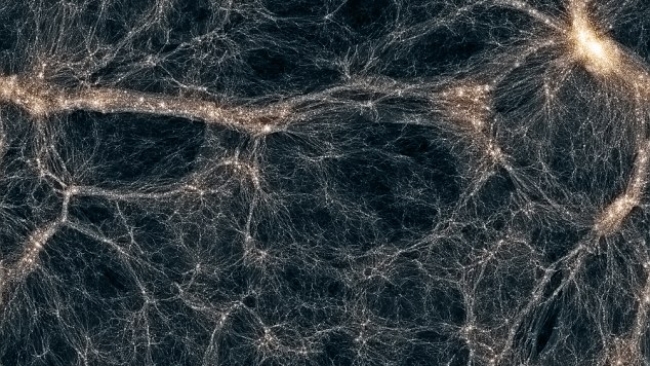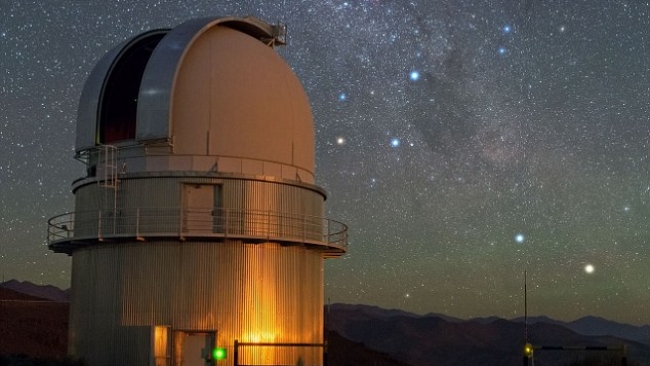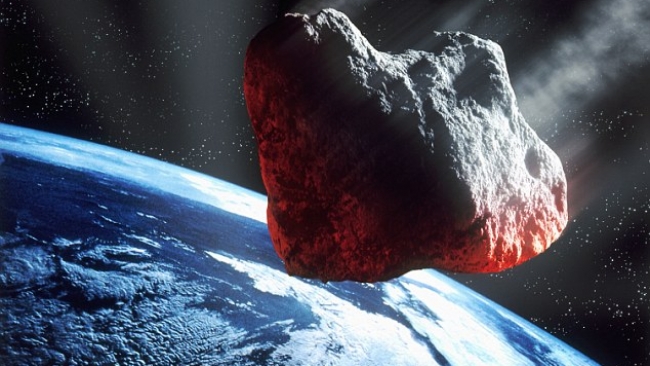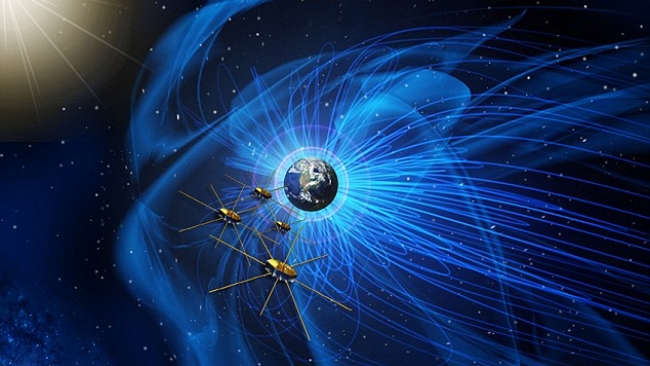Mars may have had ice ages similar to Earth
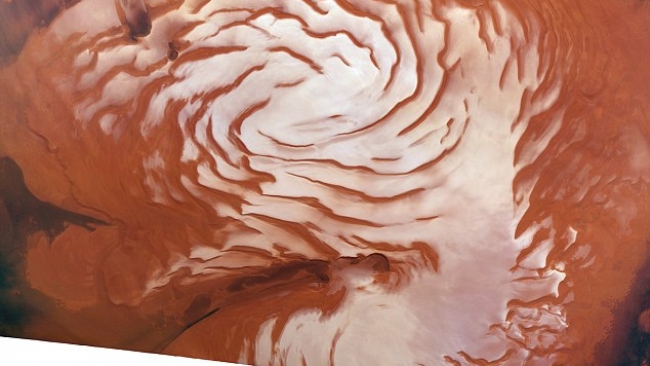
Swathes of water ice may have once advanced and retreated across the Martian surface, according to new analysis of surface data at the planet's poles. Planetary scientists believe that radar data collected by Nasa's Mars Reconnaissance Orbiter show signs of an ice age at the polar regions, and that the Mars may beat the tail end of an ice age.
According to researchers at Southwest Research Institute, the findings indicate the ice ages were driven by forces similar to those on Earth, hinting that the two planets evolved along a similar route.
Radar data showed an increased amount of ice laid down in the top layers of the poles – the bulk of which is in the northern pole – which the team believes is evidence of glacial events. What's more, the data aligns with previous models of the ice cap based on earlier observations.
'We found an accelerated accumulation rate of ice in the uppermost 100 to 300 meters of the polar cap,' said Dr Isaac Smith, a researcher at SwRI and lead author of a paper. Dr Smith added: 'The volume and thickness of ice matches model predictions from the early 2000s. Radar observations of the ice cap provide a detailed history of ice accumulation and erosion associated with climate change.'
The findings will be published tomorrow in the journal Science. The Texas-based group analysed data from the Martian poles and found that around 87,000 cubic kilometres of ice (20,870 cubic miles) has been laid down since the last Martian ice age, thought to be around 370,000 years ago – when Neanderthals and Homo erectus had emerged on Earth.
Researchers say that if the ice were distributed equally all over the planet it would form a layer 60 cm (24 inches) deep. According the SwRI team, the findings indicate that there was a large polar erosion, followed by the accumulation of ice to the present day – all of which points to ice ages.
The team believes further study of the planet's icy history could offer further clues as to how the shape of Mars orbit, the tilt on its axis as well as its rotation have changed, influencing the freezing and melting on the surface over millions of years. It could mean that in future scientists are able to work up a more accurate climate history for Mars, including how the ice advanced and retreated from mid latitudes, which could even offer insight for its planetary neighbours.
'Because the climate on Mars fluctuates with larger swings in axial tilt, and ice will distribute differently for each swing, Mars would look substantially different in the past than it does now,' added Dr Smith.
'Furthermore, because Mars has no oceans at present, it represents a simplified 'laboratory' for understanding climate science on Earth.'
Nasa has recently produced animations based on data from the Mavern mission, which shows the evolution of Mars from a once watery world to a dry red planet today.
Mavern launched in 2013 and was designed by the space agency to probe the Martian atmosphere. The animation shows a large area of the red planet was once blue, but the seas evaporated and shrank over millions of years.
Traces in rock beds on the planetary surface bear the hallmarks that liquid water once flowed across them. In the planet's earlier, warmer history, it could have meant some regions were even marsh-like.
Source: Daily Mail
Fri 27 May 2016 at 08:26
